This is a map of the left hemisphere of the brain, seen through the lens of a 17th Century Explorer.
I have taken the broad functional areas of the left hemisphere of the brain and drawn them as separate continents, as if driven apart by shifting tectonic plates. These continents contain settlements and features with names inspired by the functions found in each particular brain area.
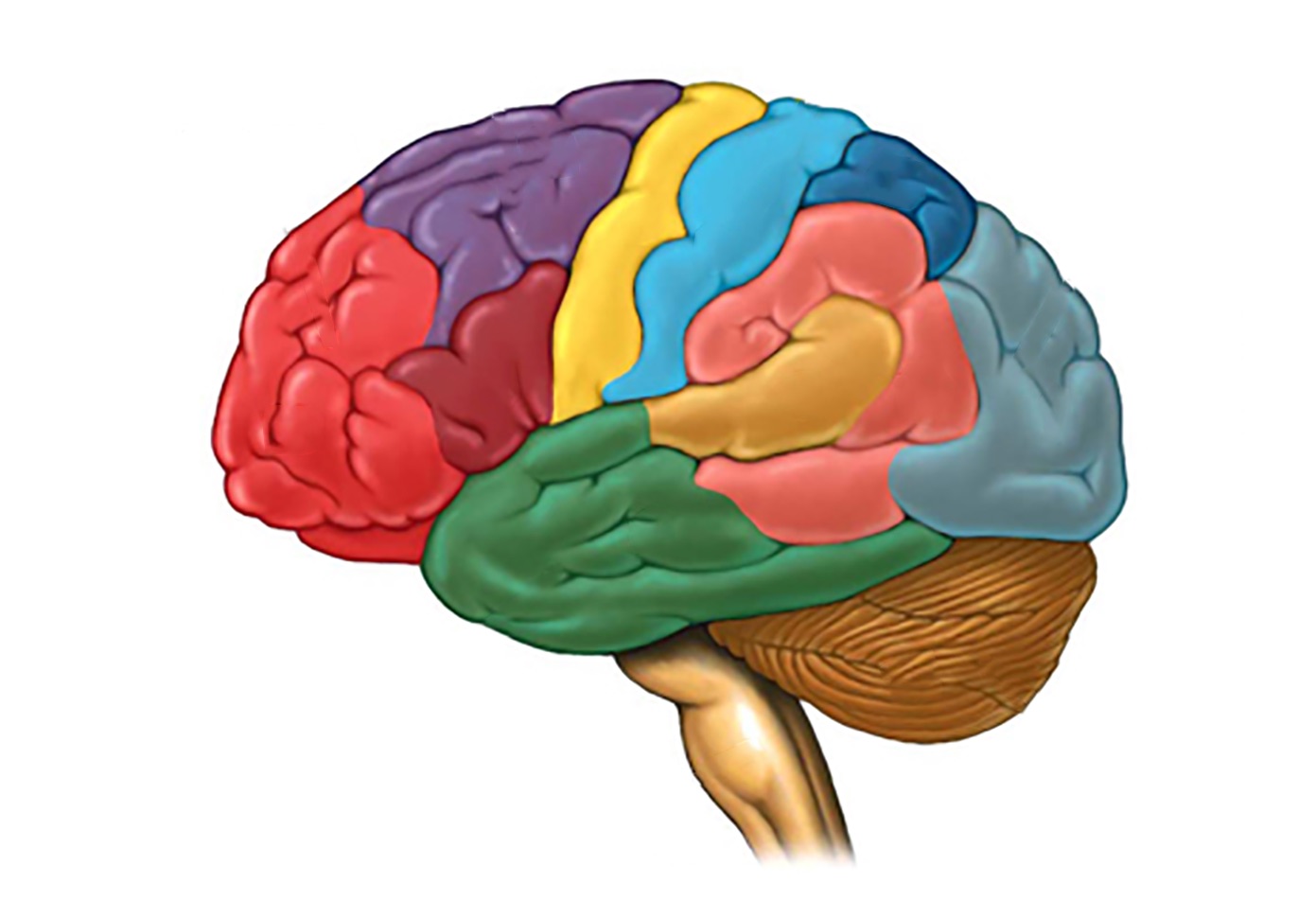
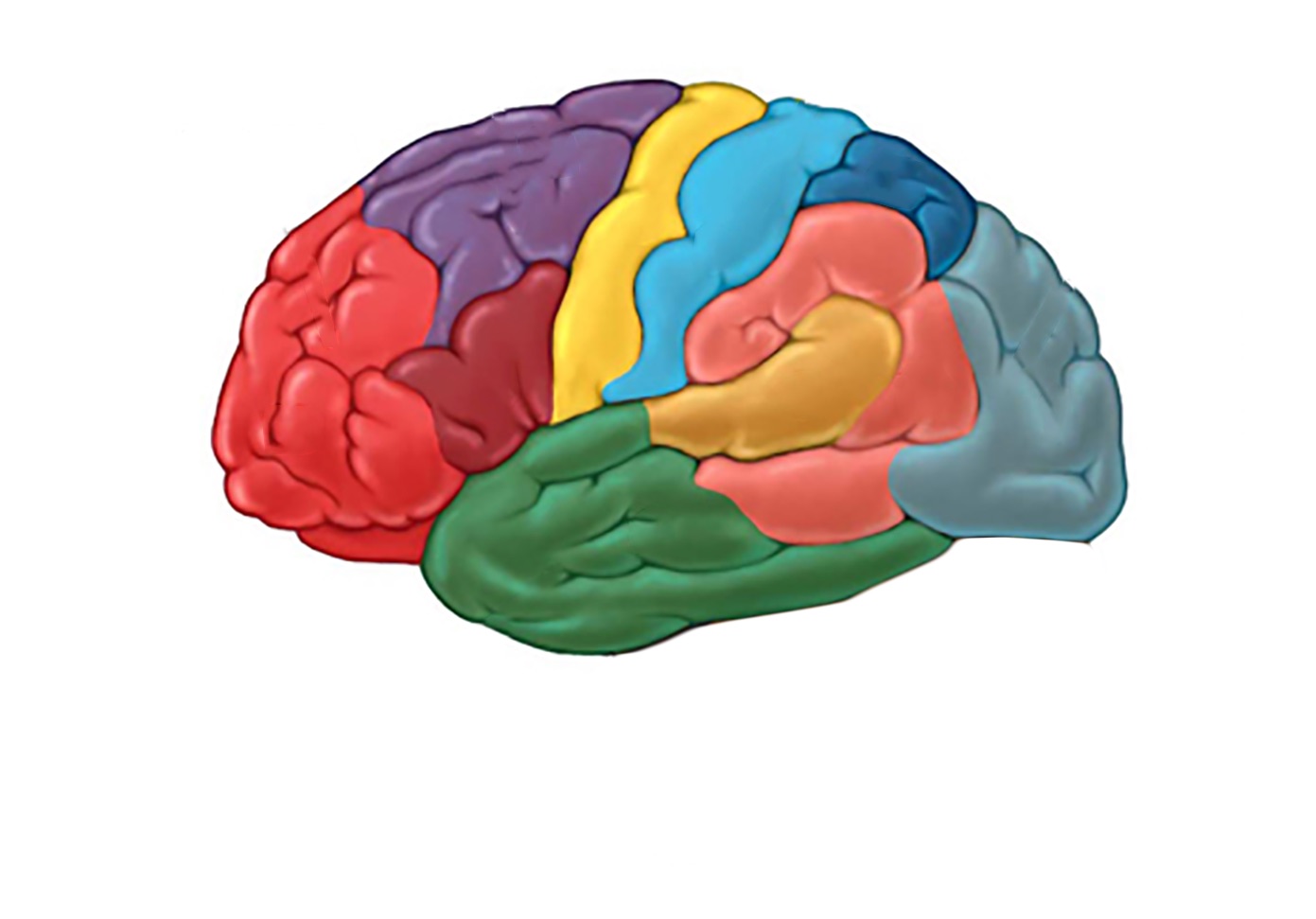
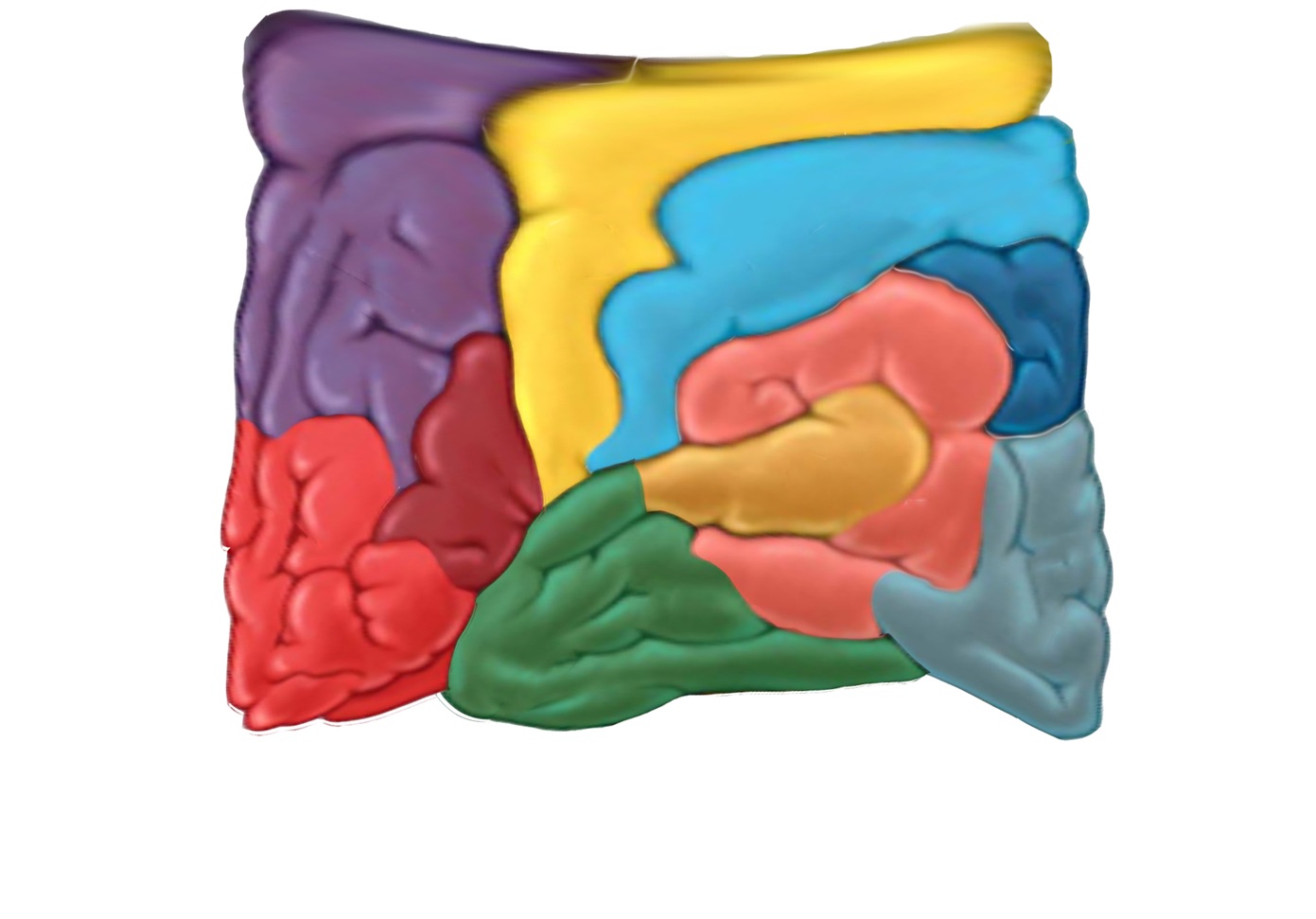
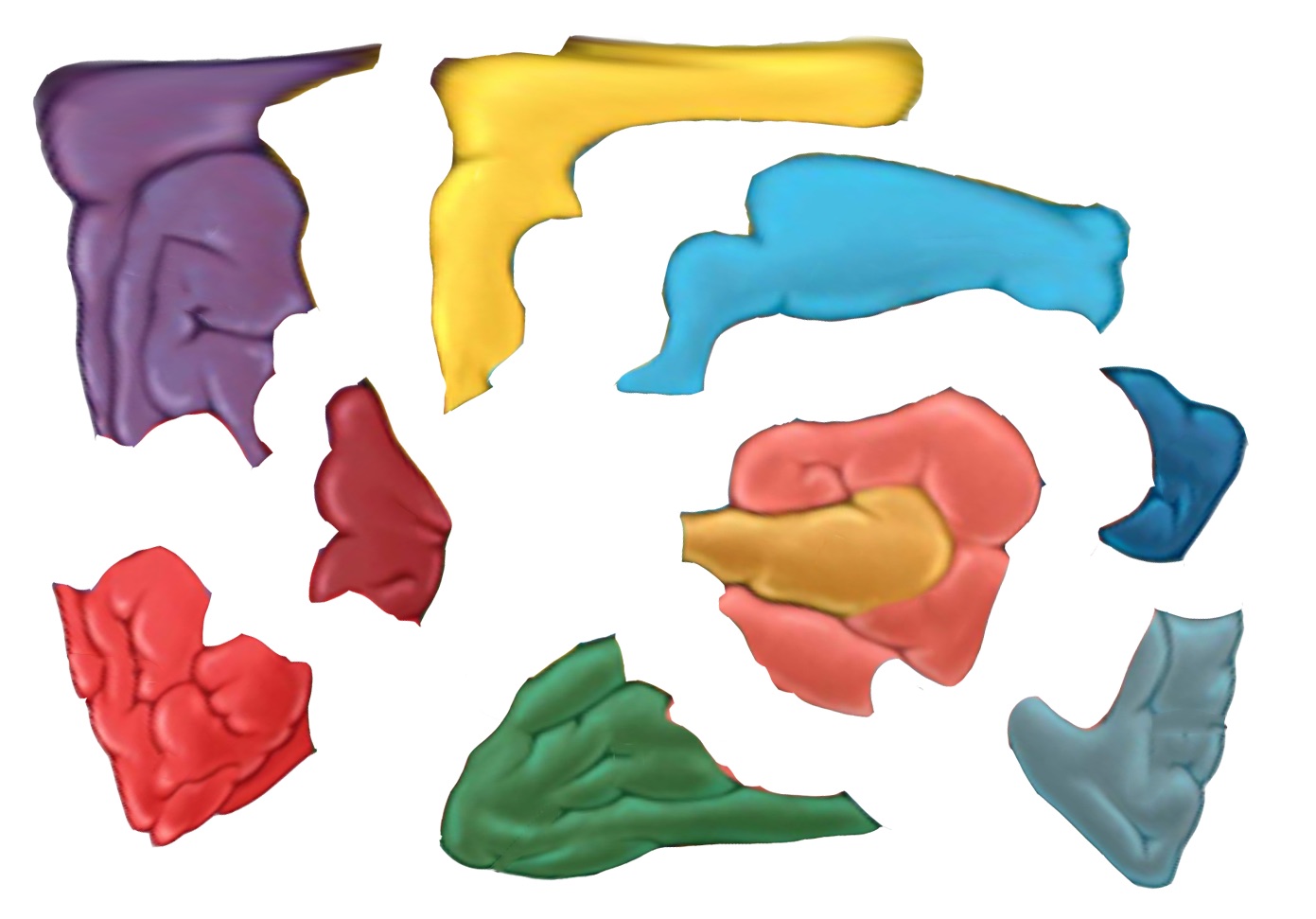
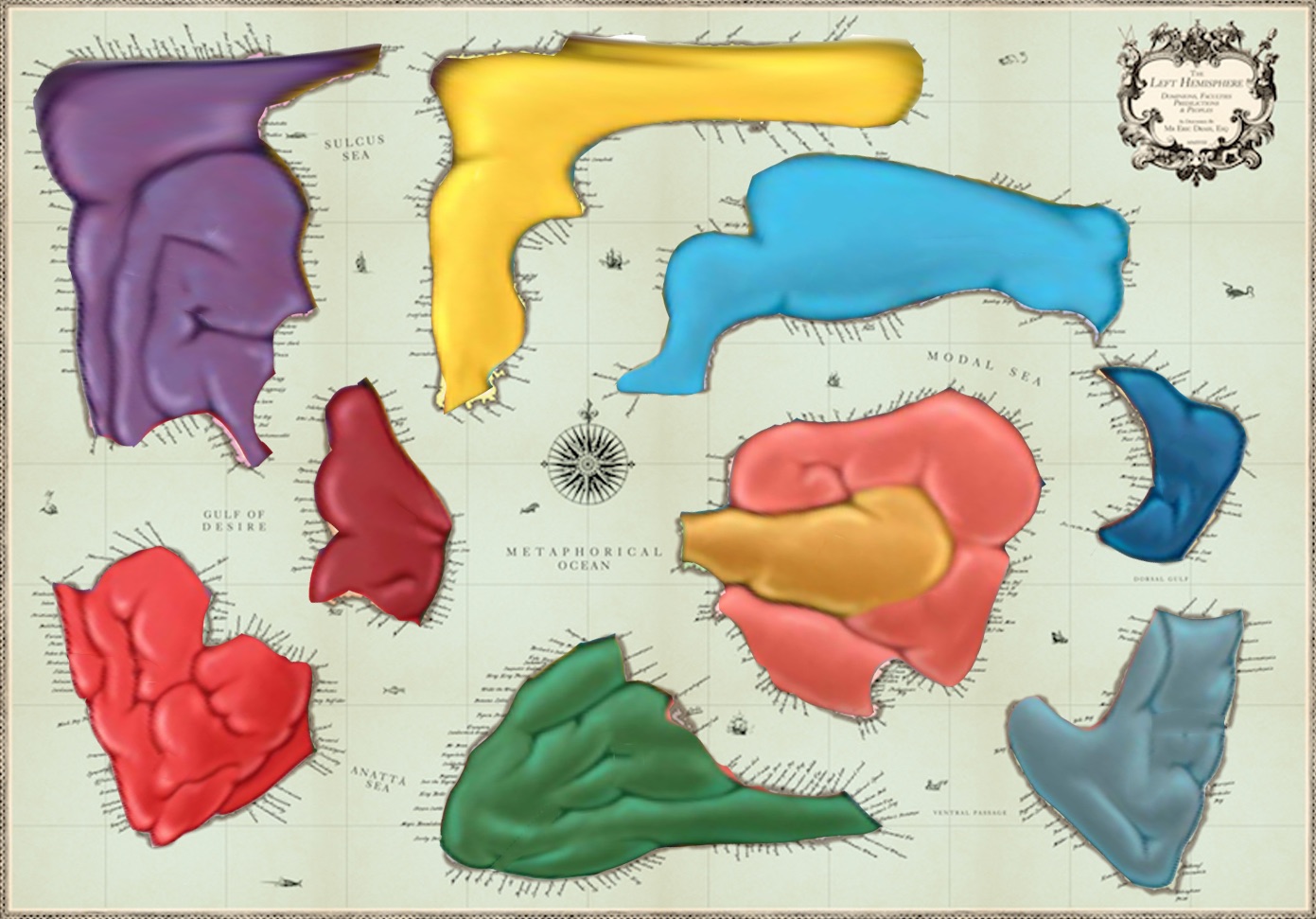
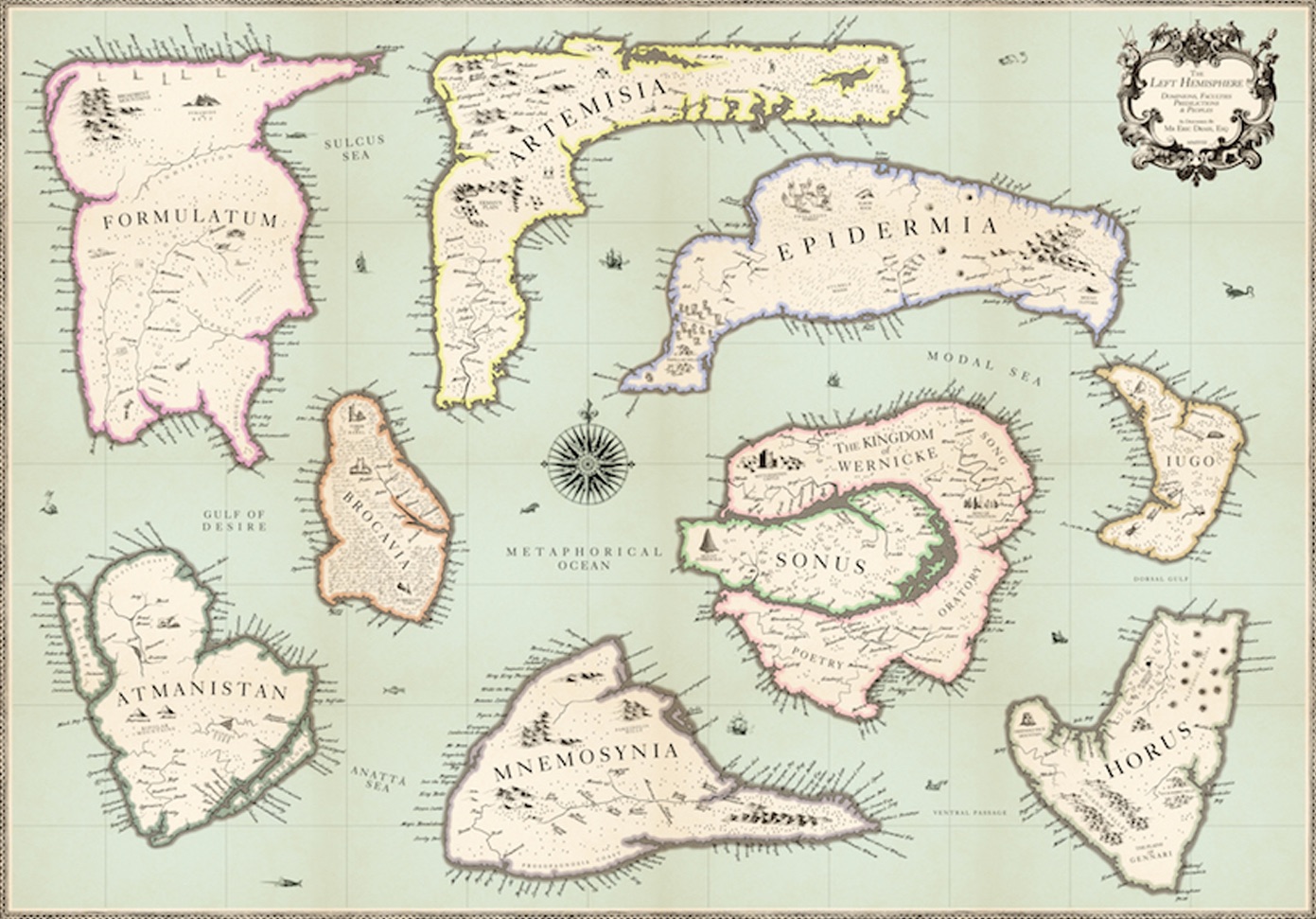
The Great Age of Discovery, refers to a period between the 15th and 18th Centuries when Europeans explored the world by sea and 'discovered' new lands. Of course many of these countries were already occupied by indigenous peoples, but from a European explorer's perspective, they were brand new. The quest to understand the structure and function of the brain has similarly been a process of exploration and discovery - the territory is already there, science is our method of exploration and mapping.
One of the greatest obstacles to understanding the way the brain works is language itself. We talk about our mental states using a useful shorthand which works well in day to day life, but is rubbish at teasing apart the behaviour of billions of neurons and connections. For example: "I feel happy" is a phrase we all understand - but at the level of neural activity, it's meaningless.
This map uses a wide range of conceptual groupings to indicate the functions of the different areas, highlighting the metaphorical chasm between our linguistically bound representations of the mind and the actual functions of the kilo or so of fatty tissue which sits inside our skulls.
Covering subjects as diverse as optical illusions, children’s games, cognitive scientists, literary theorists, poets, rappers, facial expressions, philosophers, cocktails, neurological disorders and religions, this map illustrates the inherent difficulty in using our limited human mental faculties to describe the activities of the 86 billion neurons which make up a brain.
This work was developed as part of the CUBRIC New Signals project, from Cardiff University and the National Microstructural Imaging Facility and EPSRC
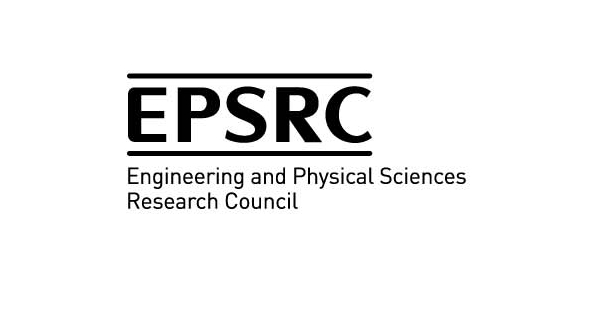
Eric Drass 2018